Do you love tabby cat patterns?
If so, we have some interesting facts about them that you might not know.
Tabby cat patterns are one of the most common types of feline coats. They have a unique pattern of stripes and blotches on their fur, which come in different colors like black, brown, orange, and/or white.
In this article, I’ll be going in-depth about tabby cat patterns.
I am not a veterinarian and I recommend seeking the advice of a vet for any further questions relating to your cat’s health.
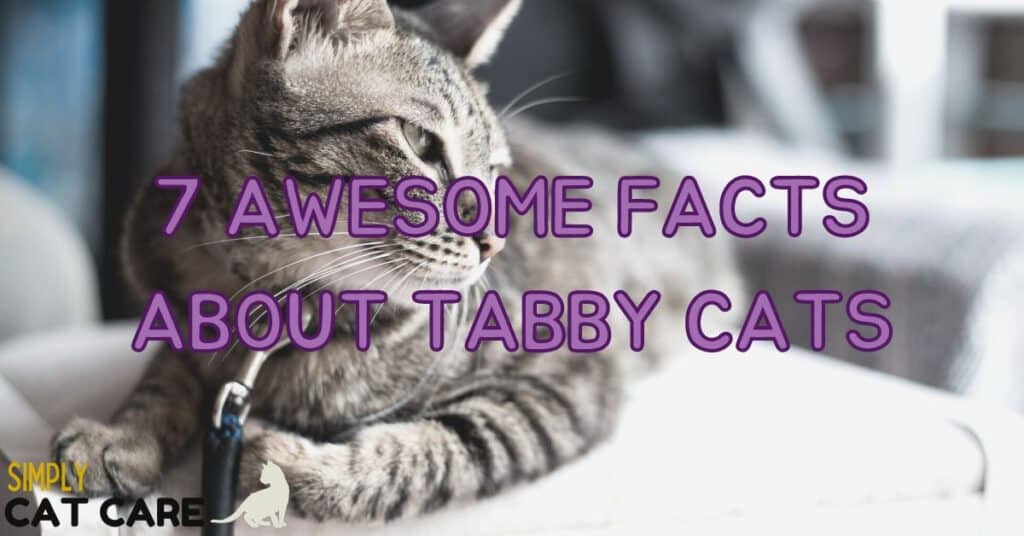
1. A Tabby Cat Is a Pattern Not a Breed
A tabby cat is a cat with a distinctive coat pattern.
This pattern can come in a variety of colors, stripes, and blotches due to variations in genetics.
As far back as ancient Egypt, tabby cats existed. Society domesticated cats at this point.
80% percent of cats are tabbies.
It can be present in a lot of breeds, it’s not a ‘breed’ as such.
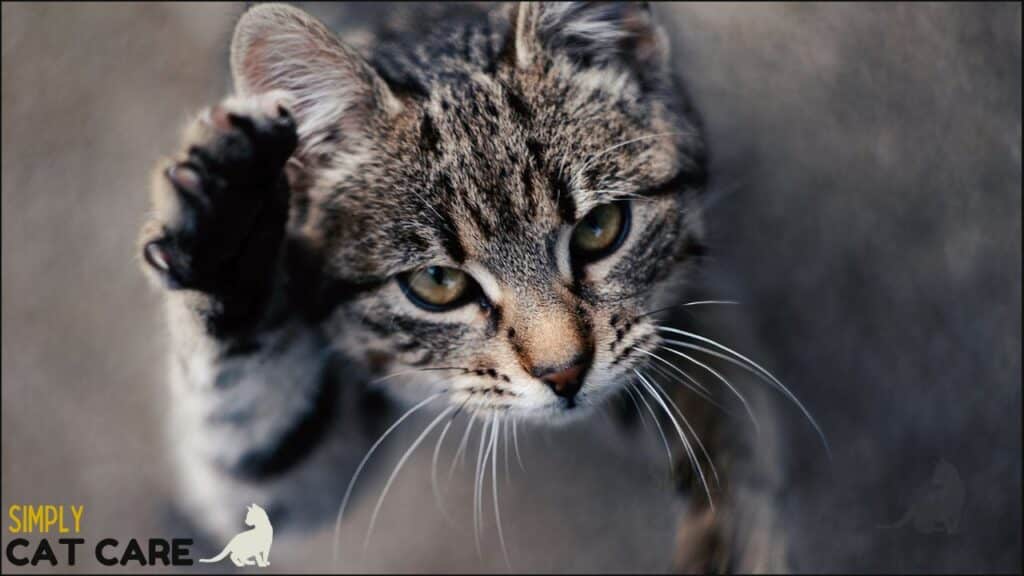
2. The Tabby Cat Pattern Is Inherited From Wildcats
The tabby descended from the African wildcat.
This species used the ‘tabby’ coat for survival purposes and to blend in with the environment. Modern-day tabbies have the genes for creating patterns from the African wildcat.
Breeding in the 19th century helped influence the more ‘attractive’ variations of tabbies.
All tabbies have three genes responsible for their patterns. The agouti gene will dictate if the tabby cat will show a pattern.
A cat gets two alleles that are either dominant or recessive. Two recessive alleles create a ‘solid’ color cat with no tabby pattern.
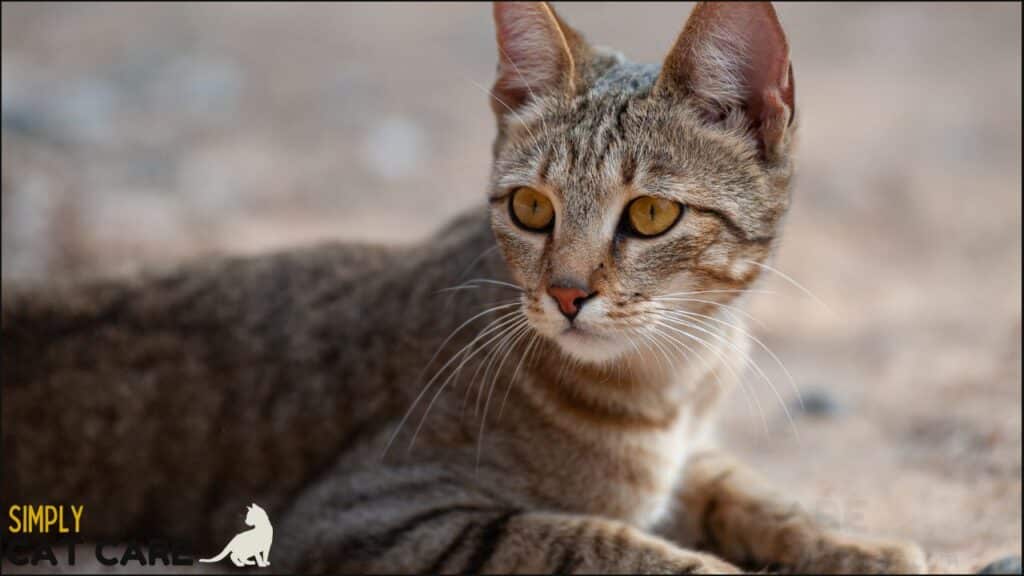
3. There Are 5 Types of Tabby Cat Patterns
There are 5 types of tabby cat patterns with different tabby markings. Let’s go through them.
Classic Tabby (Blotched Tabby)
This is a cat with a blotched appearance.
The patterns are random series of stripes and shapes, with the distinctive M on the forehead.
Breeds include the American Shorthair, Bengal, Birman, and Siamese.
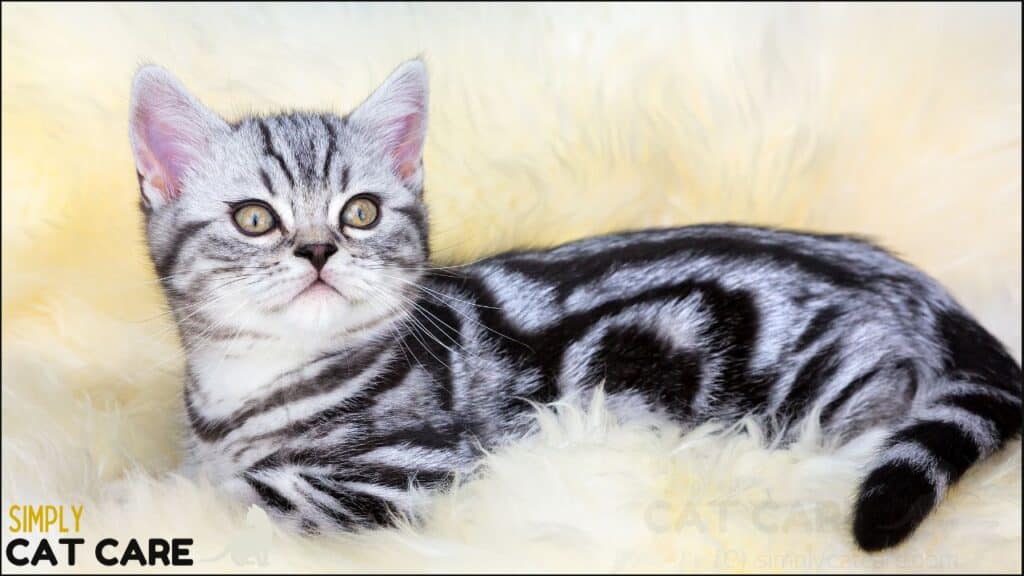
Mackerel Tabby
These tabby cats have rings around the tail and legs.
They also have bands of stripes along the body. One thick stripe lines the back of the cat.
The mackerel tabby has the classic M marking on its forehead. The mackerel tabby is a very common type of domestic cat.
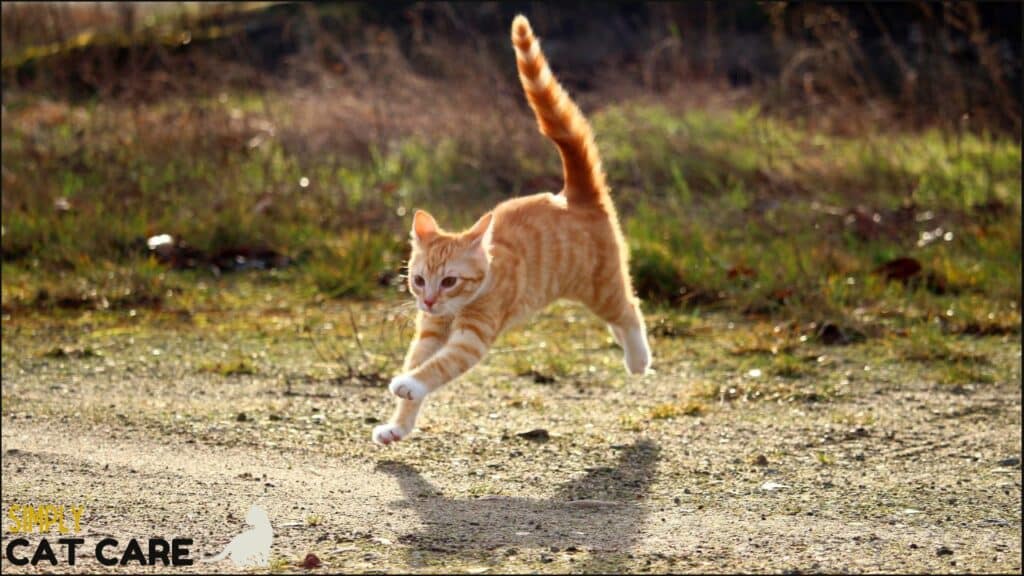
Spotted Tabby
The spotted tabby has bands of spots.
These spots vary in shape and size. Broken spots can also appear.
Simply, a spotted tabby is – spotty.
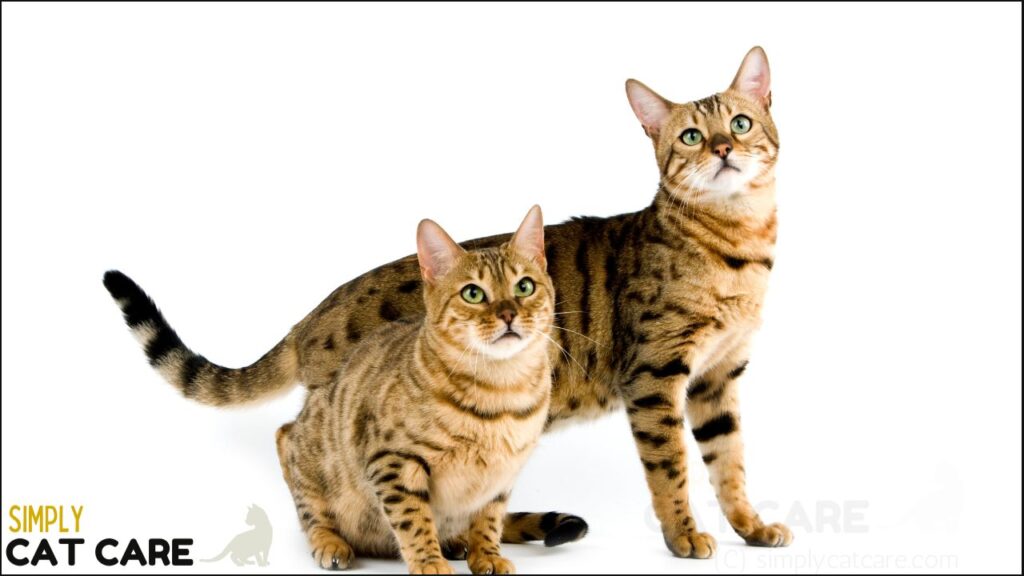
Patched Tabby
These cats have – wait for it – patches.
The patches come in brown, red, orange, black, or brown.
Tortoiseshell cats are patched tabbies with two colors.
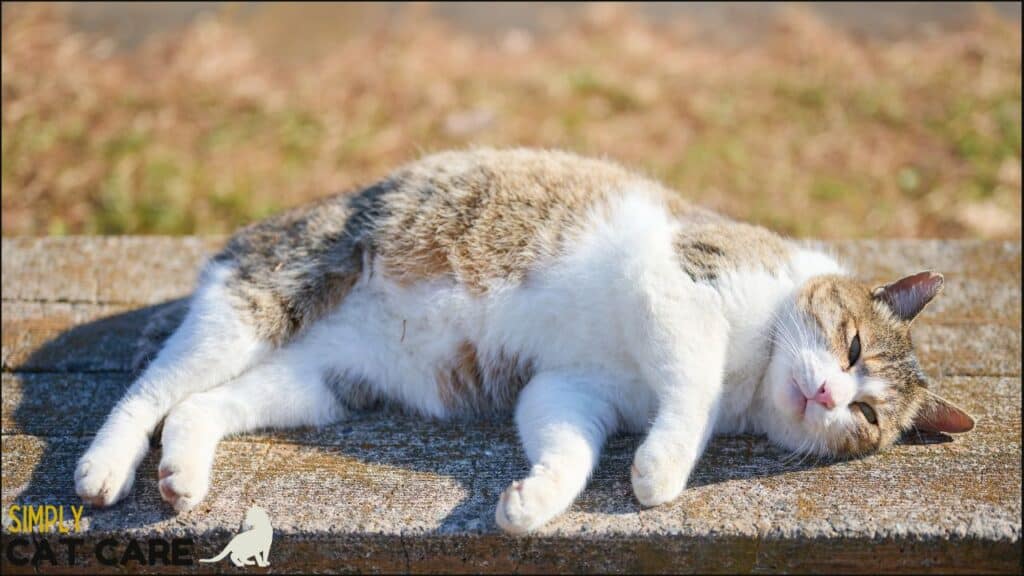
Ticked Tabby
On these cats, they have light and dark colorings on each individual hair. The legs sometimes have bands of stripes or spots.
There’s no pattern on the coat of a ticked tabby.
The ticked pattern is the most subtle of the tabby patterns.
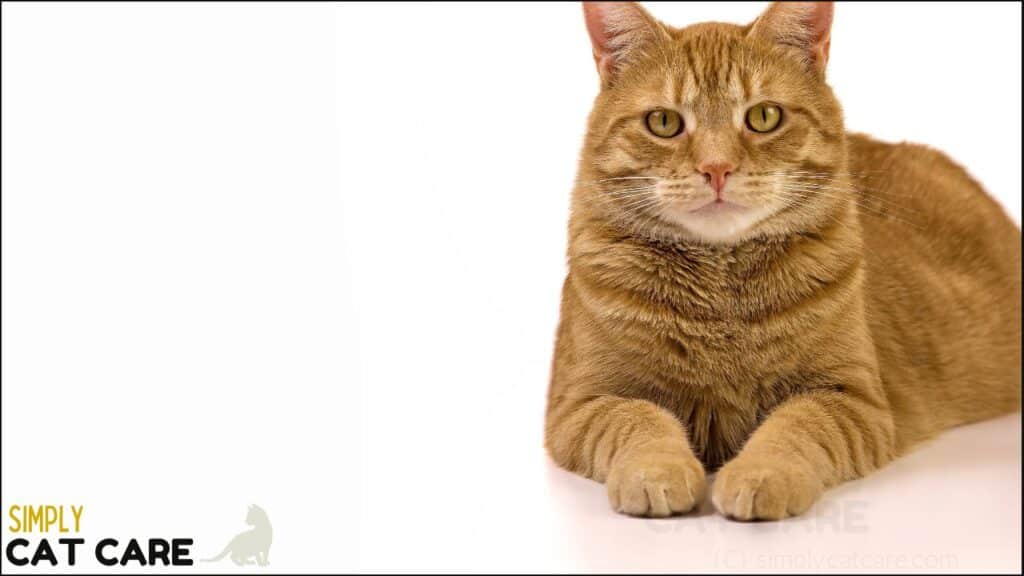
4. Tabby Is Named After Silk
The name tabby may have come from the Middle Eastern word atabi.
This is a word used to describe striped silk.
When this silk arrived in Britain, the pattern was likened to a cat’s coat, and the name tabby evolved from the word atabi.
The tabby cat was a term used by the 1700s to describe cats with a distinctive pattern.
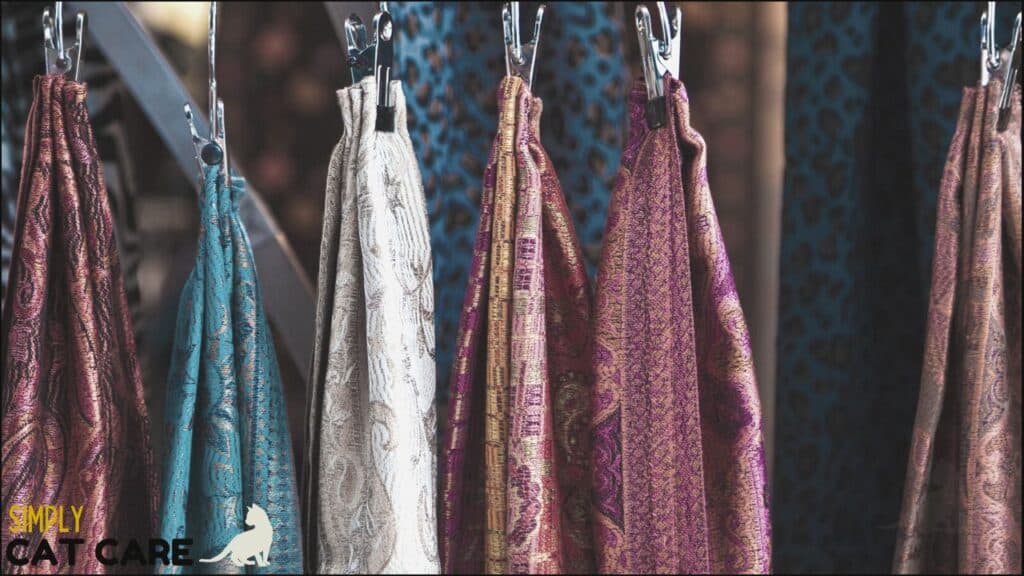
5. A Tortoiseshell Is Almost Always Female
This type of tabby cat has two colors: black or brown plus orange or red.
They are almost always female.
The X chromosome encodes for color. Females receive an XX chromosome, whilst males receive an XY. That means a female has two chances for color variations, whilst a male has one.
For a male tortoiseshell to occur, it needs to have a rare XXY allele.
Each cell will express a different form of the chromosome, which is random. So, as the female has two chances, the cells can select either color resulting in varying patterns.
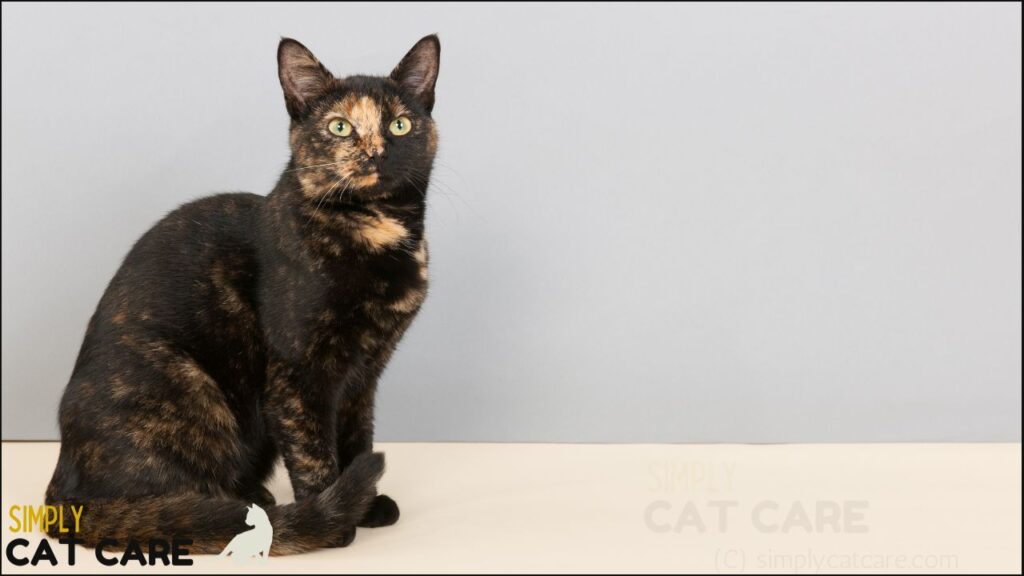
What About Torbies?
A torbie is similar to a tortoiseshell cat, however, it has distinctive autumn colored tabby stripes as well.
Torbie is a combination of the words tortoiseshell and tabby.
Check out more facts about torbie cats over here.
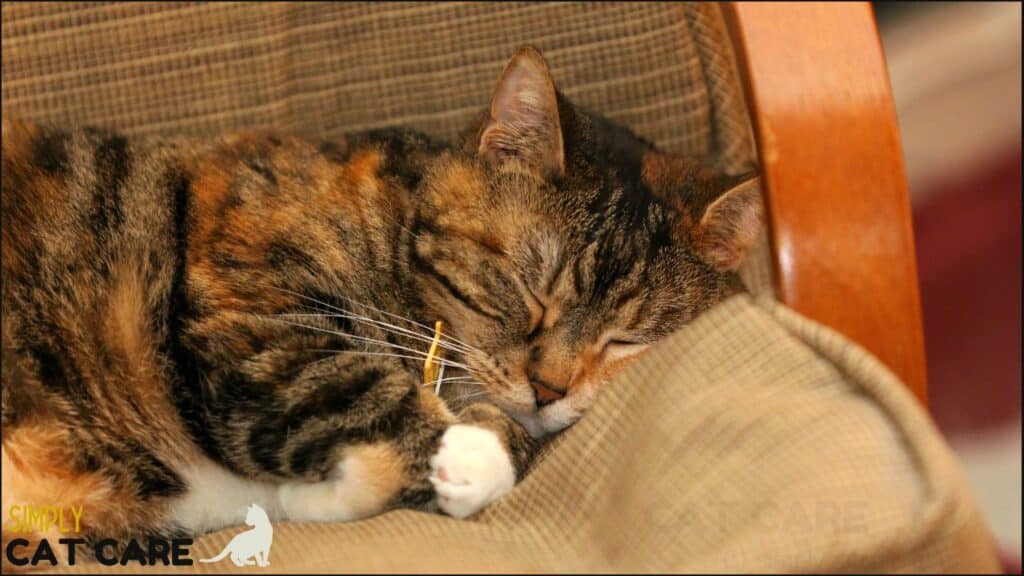
What Is a Calico Cat?
A calico is similar to a tortoiseshell cat, but they also have patches of white.
That means a calico is a ‘tri-colored cat.
The cause of this whiteness is due to a genetic condition called piebald. A white color appears when a gene coding for pigment is not produced.
As with tortoiseshell cats, the calico is almost always female.
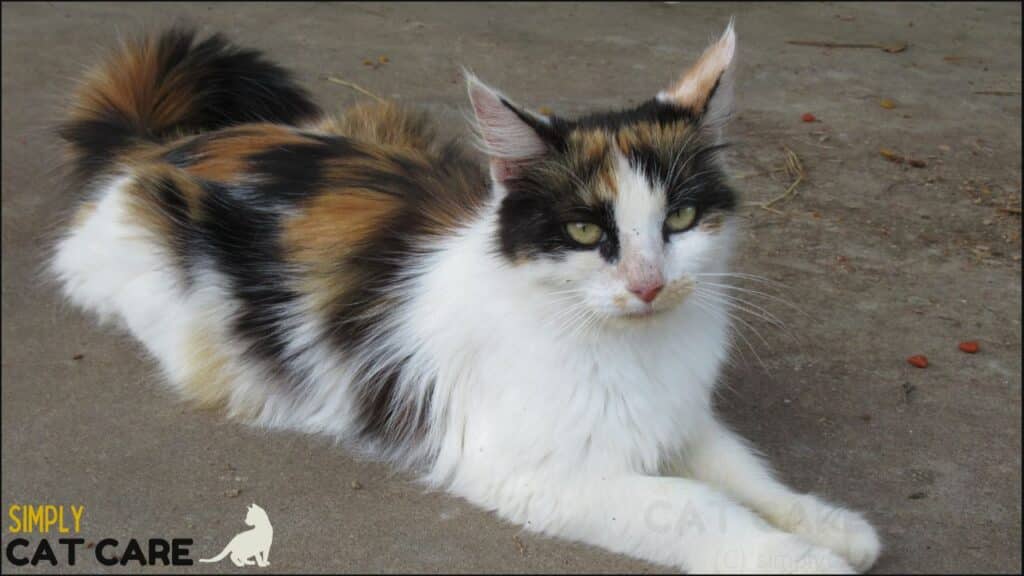
6. Eight Cells Form the Colors of a Tabby Cat
The X chromosomes are responsible for the color of the cat.
Eight cells divide early in the embryonic stage of development. Inactivation of these eight cells then occurs.
These eight cells are what divide and create the entirety of the cat. This is why the cats present with patterns, as opposed to millions of random colors making a rainbow cat.
The patterns reflect the way the cells develop in patterns. Want to learn even more about cat coats and patterns.
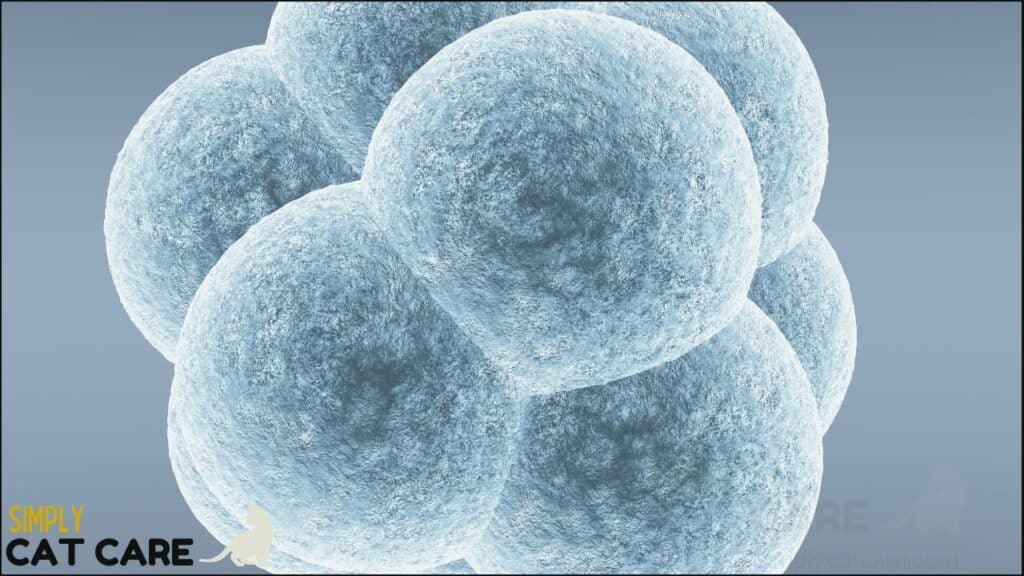
7. The M Marking Stands For…well Nothing
There is a lot of folklore about why tabby cats have a distinctive M on their forehead.
Examples include named after the Virgin Mary, Mau (name of cats in ancient Egypt), or Mohammed (tabby cat lover).
The reality is, it is down to genetics and the way cells develop, but that’s not a fun answer is it?
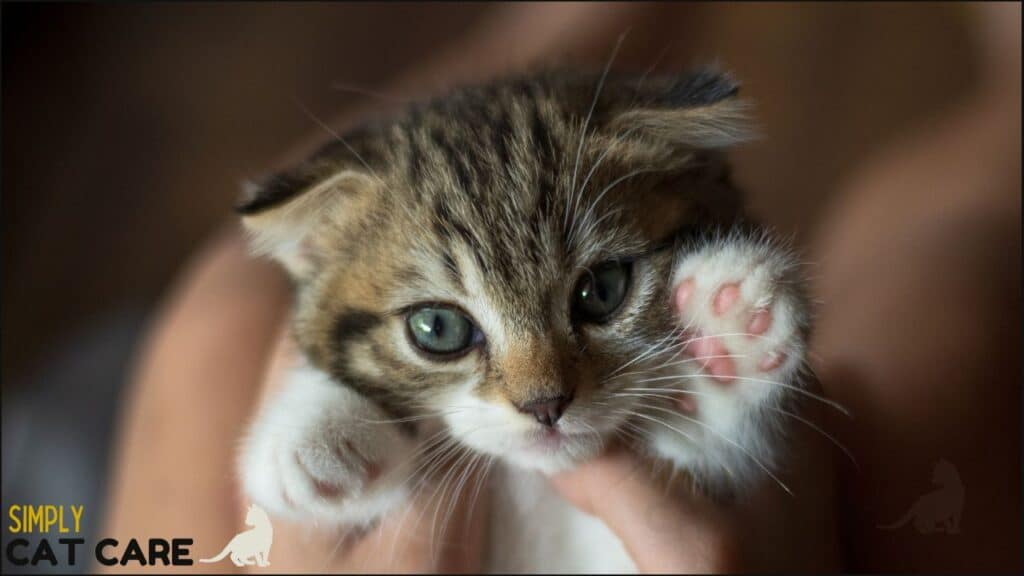
Conclusion
Tabby cats are not breeds. They are a way of describing and categorizing different patterns. The word tabby is based on a Middle Eastern word for silk.
The categories of tabbies include the classic, mackerel, blotched, spotted, and ticked tabby. Genes give the wide range of color and pattern possibilities you see today.
The tabby cat pattern evolved from the cat’s ancestor the African wildcat. These cats used patterns to improve camouflage for hunting purposes.
